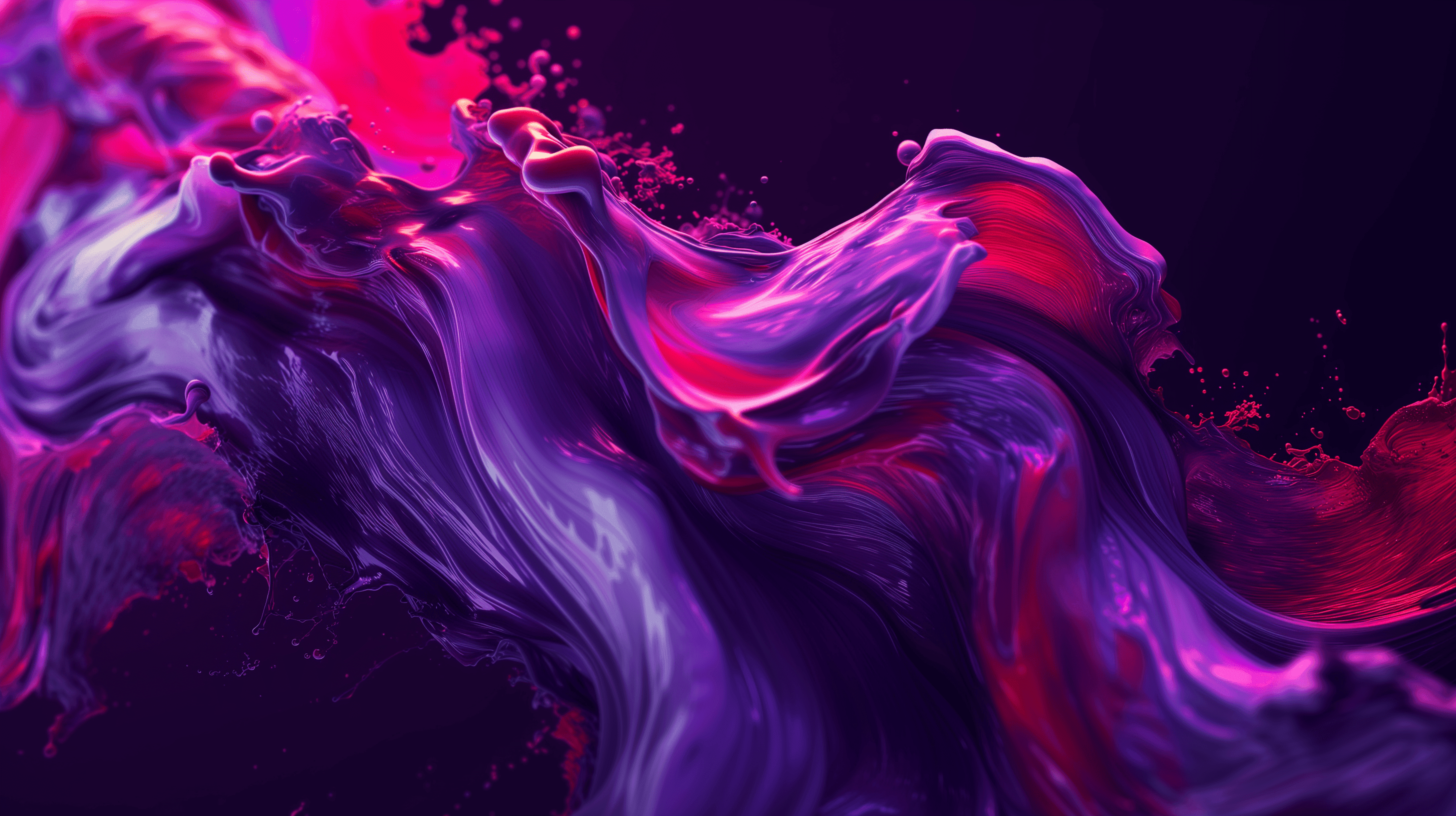Wstecz
Summer Nights: Tips for Stargazing and Night Photography

Introduction to Stargazing
Stargazing during the summer nights offers a unique experience as the skies reveal constellations, planets, and celestial events that are not always visible throughout the year. The warm summer nights provide a comfortable setting for observers to gaze up at the starlit sky and delve into the wonders of the universe. Whether you're in a remote location away from the city lights or observing from your backyard, stargazing can be a profound and enlightening experience, connecting you with the vastness of the cosmos.
To get started with stargazing, you don't need sophisticated equipment. A simple pair of binoculars or just your naked eyes can provide a remarkable view of the night sky. Familiarize yourself with the major constellations and notable celestial bodies visible during the summer months. Mobile apps and star charts can be invaluable tools for identifying stars, planets, and constellations. As you immerse yourself in the tranquility of the night and the beauty of the celestial display, stargazing offers a moment of reflection and wonder, reminding us of the grandeur of our universe and our place within it.
Embracing Night Photography
Capturing the beauty of the night sky through photography is not only an artistic endeavor but also a technical challenge that rewards patience and persistence. Night photography, especially when focused on the stars or the Milky Way, requires understanding the interplay of light, exposure, and composition. To successfully photograph the night sky, a camera capable of manual settings is essential, along with a sturdy tripod to stabilize your shots during long exposures.
Key settings to consider are a wide aperture (low f-number) to allow maximum light into the lens, a high ISO setting to increase sensor sensitivity, and a slow shutter speed to capture as much light as possible without blurring the stars into trails—unless, of course, star trails are your goal. The use of a remote shutter release or your camera's timer function can help avoid camera shake during those long exposures.
Experimenting with different compositions can add a dynamic element to your night sky photographs. Incorporating foreground elements like trees, mountains, or buildings can provide context and depth to your images, creating a more compelling and visually interesting composition. Remember, night photography is as much about the landscape as it is about the sky. As you capture the wonders of the night, consider how each element of your photo—foreground, sky, and celestial bodies—interacts to tell a story of the nocturnal world.
Understanding the Night Sky
Gazing up at the night sky reveals a universe brimming with stars, planets, and celestial phenomena, each with its own story and place in the cosmos. To truly appreciate the beauty and complexity of the night sky, a basic understanding of celestial orientation is essential. Learning to identify key constellations and their relation to each other helps stargazers navigate the sky and trace the paths of planets and other celestial bodies.
Summer nights offer a unique tableau of the night sky, with prominent constellations like Scorpius, Sagittarius, and Cygnus taking center stage, often accompanied by the mesmerizing band of the Milky Way. To enhance your stargazing experience, numerous apps and guides are available, providing real-time celestial maps and information. These tools not only aid in identifying constellations and planets but also alert you to upcoming celestial events such as meteor showers, eclipses, or planet alignments. By acquainting yourself with these resources, you can transform a casual glance at the night sky into a profound and educational experience, deepening your connection with the universe and its timeless narratives.
Introduction to Night Photography
Venturing into night photography opens a new realm of creative possibilities, allowing you to capture the enchanting beauty of the night sky and its celestial wonders. The right equipment is crucial to successful night photography. A DSLR or mirrorless camera with manual mode capabilities is essential for adjusting exposure settings to suit the low light conditions of night photography. Wide-aperture lenses, preferably f/2.8 or lower, are ideal for capturing as much light as possible, essential for rendering clear, bright images of the stars. A sturdy tripod is another indispensable piece of equipment, providing the stability needed for long exposure shots without camera shake.
When setting up your camera for night photography, key settings to consider include aperture, shutter speed, and ISO. A wide aperture allows more light to reach the sensor, essential for capturing the faint light of stars. Slow shutter speeds are necessary to expose the sensor to enough light, but the exact speed will depend on your desired outcome—whether you're capturing static stars or creating star trails. A higher ISO increases the sensor's sensitivity to light, enabling you to capture more details of the night sky, but be mindful of the increased noise that comes with higher ISO settings. Mastering these settings and techniques will empower you to create stunning photographs that truly capture the magic and allure of the summer night sky.
Capturing the Milky Way and Other Celestial Wonders
Photographing the Milky Way is one of the most rewarding experiences for any night sky photographer. This magnificent celestial phenomenon, with its dense collection of stars, nebulae, and interstellar dust, creates a stunning visual spectacle in the summer night sky. To capture the Milky Way effectively, finding a location with minimal light pollution is crucial. Dark sky reserves or remote areas far from city lights offer the best visibility.
When it comes to camera settings, the question often arises: "What are the best camera settings for capturing the Milky Way?" A wide aperture (f/2.8 or lower) is essential to allow enough light to reach the camera sensor. Set your ISO between 3200 and 6400, depending on your camera's performance at high ISO levels, to capture as much detail as possible without introducing excessive noise. A shutter speed of around 20-30 seconds will allow you to capture the Milky Way's details without turning the stars into trails. Use a sturdy tripod and a remote shutter release or your camera's timer function to avoid any camera shake. Composition-wise, try to include some foreground elements to add depth and interest to your Milky Way shots, creating a more compelling and grounded image.
Stargazing Events and When to Watch Them
The summer sky is bustling with celestial events that offer spectacular viewing and photography opportunities. Meteor showers like the Perseids, one of the most prolific meteor showers, peak in mid-August and provide a dazzling display. Planetary alignments and the visibility of certain planets can also provide unique photographic subjects against the backdrop of the night sky.
To answer the question, "When is the best time to photograph meteor showers?" it's essential to track the peak dates of these showers. Meteor showers are best viewed and photographed from midnight until dawn when the sky is darkest, and the shower's radiant point is highest in the sky. Preparation is key, so scout your location ahead of time, set up your equipment early, and allow your eyes to adjust to the dark. Use a wide-angle lens to capture as much of the sky as possible, and experiment with longer exposures to increase your chances of capturing meteor trails. Remember to be patient and persistent, as meteor photography often involves a bit of luck to capture those fleeting moments.
Creating a Night Sky Journal with Pyrilia
Embarking on stargazing and night photography adventures creates memories and experiences that are worth preserving. Using Pyrilia, you can create a dedicated night sky journal to record each of your astronomical observations and photography sessions. This digital journal can include detailed notes about the location, weather conditions, celestial events observed, camera settings used, and the outcomes of your photography sessions. By documenting these details, you not only create a personal archive of your experiences but also gather valuable data that can help improve your future stargazing and photography endeavors.
The benefits of maintaining a night sky journal in Pyrilia are manifold. It allows you to track your progress over time, noting improvements in your photography skills or deepening knowledge of the night sky. It can also serve as a reference for identifying the best times and locations for specific types of celestial observations. Furthermore, reflecting on your experiences and the beauty you've captured can enhance your appreciation for astronomy and photography, making each session more meaningful and rewarding.
Conclusion
As the summer nights unfold, they bring with them a universe of wonders waiting to be explored through stargazing and night photography. The warm, clear nights offer a perfect canvas for astronomers and photographers alike to capture the beauty of the cosmos. Whether you're a seasoned stargazer or a novice night photographer, the summer sky provides ample opportunities to witness and capture its celestial splendors.
Remember to embrace each night sky adventure with curiosity and enthusiasm, and don't forget to record your experiences, observations, and photographic achievements in your Pyrilia journal. By doing so, you not only preserve your summer memories but also create a personal repository of knowledge and beauty that you can revisit and build upon in the future. So, gear up, step outside, and let the stars guide you through a summer of exploration and discovery, with Pyrilia by your side to capture every illuminating moment.
Jeśli lubisz ten post, rozważ dołączenie do Pyrilii.
Pyrilia to idealne miejsce do przechowywania myśli, wspomnień i refleksji.
Uchwyć codzienne myśli, wyróżnij ważne doświadczenia i przeżyj je dzięki naszej unikalnej funkcji Odtwarzania. Przyjmij podróż w kierunku wzmocnionych wspomnień i samopoznania. Twoja historia, pięknie zachowana.
Wypróbuj

Sprawdź nasze inne posty:




